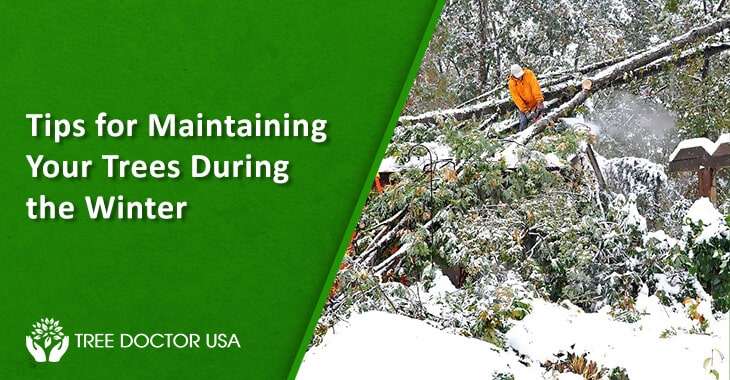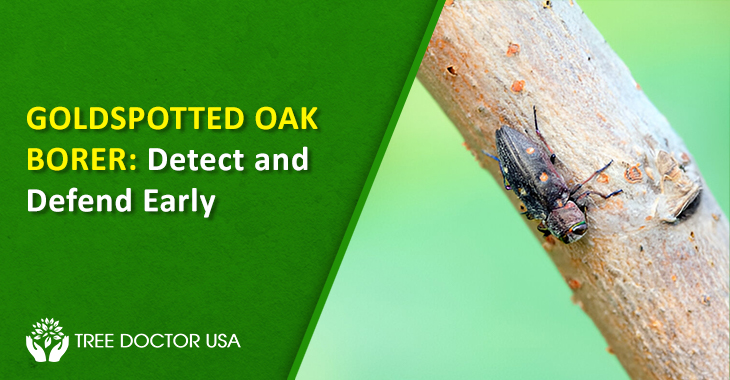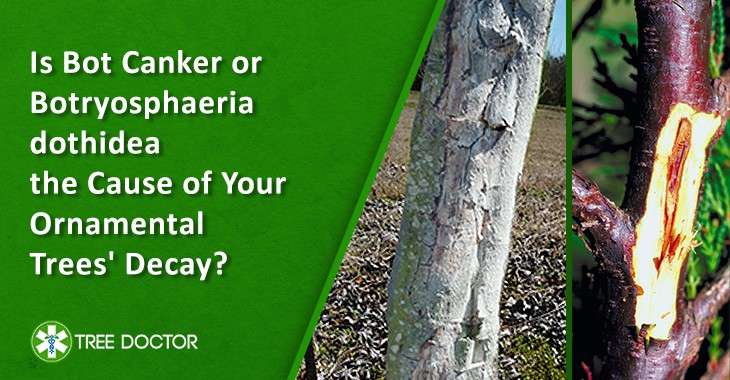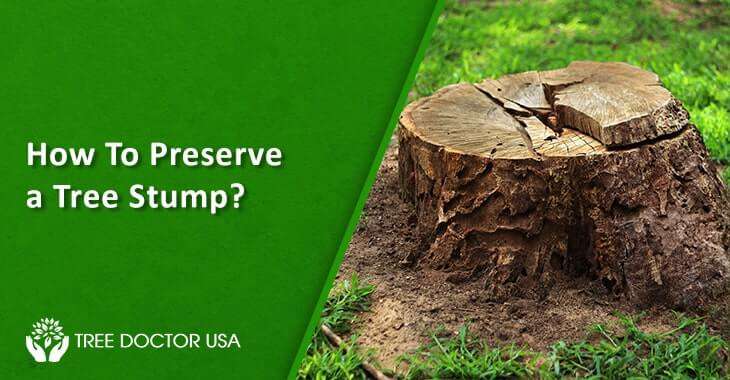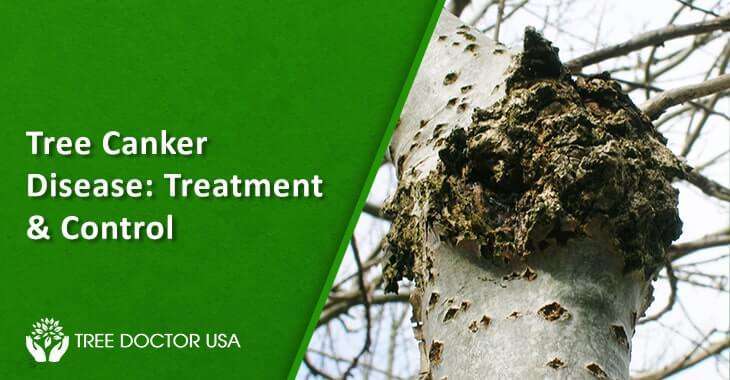Tips for Maintaining Your Trees During the Winter
It is officially winter now. What measures can you take this winter to ensure the safety of your tree plantings? You probably take much pride in your yard and trees, as do most homeowners. They improve the aesthetics of your home and raise its resale value. However, it might be challenging to keep looking their best over the winter. Some trees struggle throughout the winter. The combination of the cooler weather and the drying winds causes most trees to develop stress symptoms. New leaf and blossom growth are also retarded by the cold weather.
However, winter is still the best season to prune trees and prepare them for spring flowers and summer heat. This season, you can take a tree health assessment to safeguard your investment from fungus illnesses that thrive in damp environments but are slowed by the winter’s chill.
Before it’s too late, read these 7 Tips for winter tree care.
Get the Trees Inspected.
Trees have a difficult time surviving the winter. Colder temperatures reduce the trees’ resistance to pests and diseases. Snow, ice, and wind can also cause harm to a tree’s bark and branches.
As a result, it is crucial to have a tree consultation for your trees before the onset of winter. A qualified arborist will assess the state of your trees and provide advice tailored to their specific needs.
The arborist will be able to provide you with tips on how to keep your trees alive through the harsh winter. If there are problems, they should be addressed immediately to prevent further complications.
Pruning is Best Done in the Winter
Most tree pests and diseases are dormant in the winter, making this the ideal time to prune trees. Dead or broken branches can be removed through pruning, making them less likely to break off during a storm and cause harm.
An additional perk is that it helps keep trees away from buildings by removing dangerous limbs. The risk of a component breaking under the weight of snow or ice should prompt you to consider chopping it down.
Decaying branches on deciduous trees make it easier to observe how tree trimming modifies the overall tree structure. If you are uncomfortable with or lack the appropriate tools for pruning, it is recommended that you hire a professional arborist.
Mulch it Up Before it Freezes
Mulching trees before the ground freezes is an excellent approach to keep them safe from the winter. Mulch prevents the soil around a tree from freezing, which is good for the tree’s roots.
Even though it’s freezing outdoors, trees still require water, which is a bonus. One can purchase mulch from most home improvement stores or nurseries. Instead of using inorganic mulches like gravel or stones, opt for organic options like wood chips, bark, or compost.
You should apply layers of mulch deeply to the root zone. Mulch can be replenished as needed to cover any exposed roots. It ensures that your spring garden is clear of unwanted weeds!
Safeguard Species of Trees and Plants That are Exposed to Danger
After the leaves have dropped, preparing your trees and plants for the winter is essential. It is because, during the winter months, deciduous trees (those that shed their leaves) lose their protective canopy of foliage that shields the ground from snowfall. Without their leaves, perennial plants’ soil freezes and thaws again during the winter.
Thin-barked ornamental trees and young or recently planted trees are more likely to suffer damage from the sun’s heat or freezing temperatures. Wrapping the tree trunk in white reflective tape or painting it white over the winter will help prevent this. When a tree is left in the sun on a chilly day, it might suffer from sunscald, which can lead to the death of the bark.
Protect your trees from storm damage by covering them with plastic or burlap fabric. Windbreaks made of evergreen branches can be placed around the bases of your trees and plants to protect them from the elements.
Also Read: Best Way to Keep Trees Healthy This Winter
Water in Hotter Temperatures
During the hot months, watering your trees will help them survive the colder months. Frozen ground prevents water from reaching plant roots under severe cold. When the temperature is above freezing, the water you give your trees will percolate into the soil and be available to the plants when the earth thaws.
During the winter, water your trees deeply once a week. Use a watering can or garden hose to soak the soil surrounding the tree’s roots thoroughly. It would help if you watered newly planted plants the same way, but twice per week.
Do not Use Salt or De-icer
Salt or de-icer is often used on steps and walkways in the winter to prevent them from becoming slippery due to snowfall. However, salt and de-icer are bad for trees and plants and should be avoided if possible.
When salt is present in the soil, it compacts, slows the growth of roots, and makes it more difficult for the roots to take up water. Plants can also be killed by salt. Conifers, evergreens, and other delicate conifers, in particular, are vulnerable due to their needle leaves and thin bark.
It’s important to remember that de-icer can also kill your plants, trees, and bushes. Sodium chloride (NaCl), also known as table salt, is the primary component of most deicing products. Several salts can harm your plants, including sodium chloride, calcium chloride, magnesium chloride, and potassium chloride.
Leaves become yellow and brown and die after exposure to de-icer; twigs and limbs become dry and brittle, increasing their susceptibility to wind damage; Some plants and trees may die as a result. Therefore, it is suggested that you use grit, sand, or kitty litter instead. These materials are less hazardous to the environment and improve the traction of driveways and sidewalks.
Take Precautions for Severe Snow falls
The weight of wet, icy snow can be particularly damaging to trees. Use a snow barrier or burlap sack to keep snow from damaging your trees. The mesh cloth covers a wooden or metal frame to create a snow fence. It’s positioned in front of a tree to prevent snow from piling up on its branches. You can use burlap bags to shield trees from deep snowfall. Hay, straw, or leaves are placed inside the bags to soften the blow of falling snow and ice.
Make careful you put the burlap sack over the tree while there is still snow on the ground. Loose branches that could break under pressure can also be secured or tied down.
There’s no avoiding the fact that winter is coming, so bundle up! Protecting young or fragile trees is essential in the event of a storm. Another issue throughout the winter is the accumulation of snow, which can be cumbersome and dangerous to remove without damaging your tree.
Some things you may do to take care of your lawn and garden without giving it much thought include the following. But ideally, now that you know the expert at Tree Doctor USA, you will be able to preserve the beauty of your landscape with our help.

